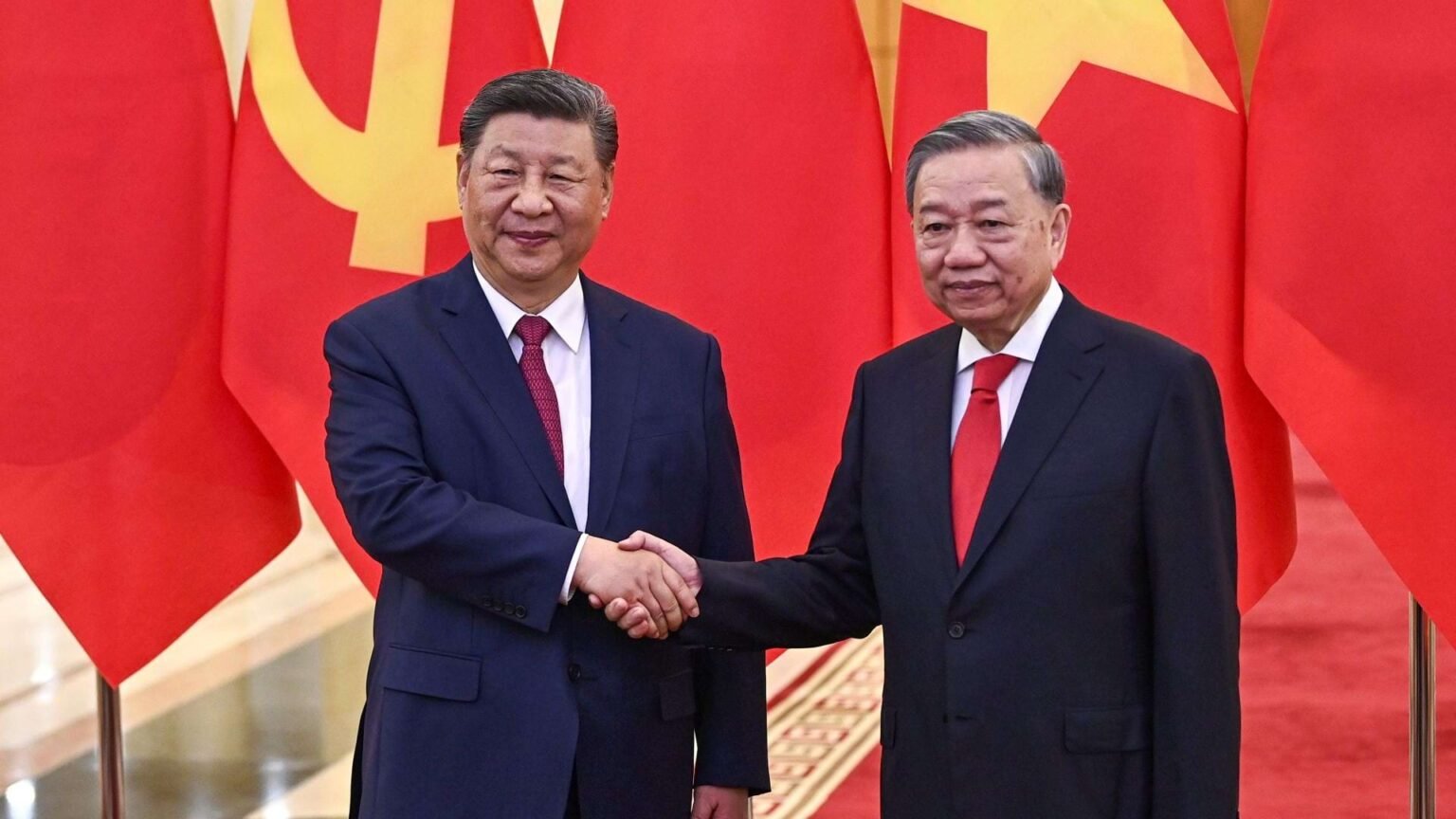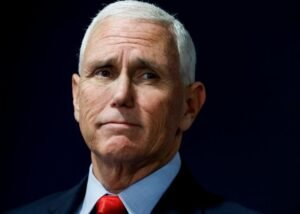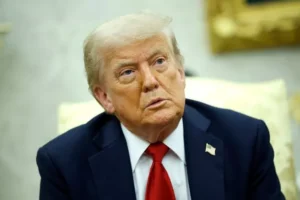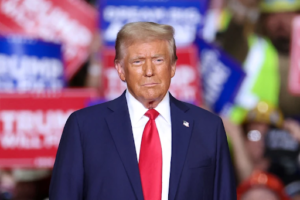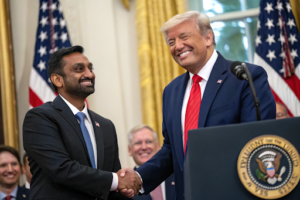In recent days, the global economy has experienced significant disruption, largely driven by the sudden and aggressive trade measures introduced by U.S. President Donald Trump. His unpredictable decisions—particularly the imposition of tariffs followed by abrupt reversals—have sent shockwaves through international markets and raised concerns about the stability of the global economic order.
This turbulence, unlike many past economic crises, has not been the result of natural downturns or systemic financial failures. Instead, it has stemmed directly from the decisions, public statements, and social media activity of the U.S. president himself.
A Global Economic Power Shift
Historically, the United States has played the role of a stabilizing force in times of global economic distress. Investors, companies, and governments across the world have long considered the U.S. a safe harbor in turbulent financial times. But under Trump’s administration, this perception is rapidly eroding.
By introducing sweeping tariffs on steel, aluminum, and a wide range of other imports—many targeting traditional allies such as Canada, Mexico, and the European Union—Trump has undermined the confidence of long-standing trade partners. The resulting trade war rhetoric has injected volatility into global markets, prompting many to reassess the U.S. as a reliable economic partner.
China: Caught Between Opportunity and Risk
While some analysts have speculated that the U.S.’s self-imposed isolationism could open new doors for China to assert greater influence on global trade, the reality is far more complex. On paper, the retreat of the U.S. from its traditional trade leadership role might seem like an opportunity for China to step into the spotlight. However, there are significant obstacles in the way.
For one, China itself is a primary target of Trump’s trade war. The U.S. has accused China of unfair trade practices, intellectual property theft, and currency manipulation. As a result, Chinese exports have been hit with substantial tariffs, directly threatening its manufacturing and export-driven economy.
Internal Pressures on China’s Economy
Even before the onset of Trump’s trade war, China was grappling with a range of domestic economic challenges. Growth was slowing, corporate debt levels were rising, and the government was struggling to transition its economy from an investment-heavy model to one focused on consumption and services.
Now, with increased tariffs from the U.S. and the possibility of more to come, Chinese businesses face added pressure. The export sector, which has long been a pillar of China’s economic strength, is vulnerable to disruptions in access to the American market. This makes it more difficult for China to capitalize on the U.S.’s retreat from global leadership.
The Dilemma of Retaliation
China has responded to U.S. tariffs with retaliatory measures of its own, targeting American agricultural products and other key exports. However, this tit-for-tat strategy carries its own risks. Escalating the trade conflict could further damage China’s economic stability and alienate other potential partners.
Moreover, while China is a rising global power, it does not yet possess the same level of trust or appeal as the U.S. in the eyes of many global businesses. Concerns over transparency, state intervention, and political freedoms continue to cast a shadow over China’s global ambitions. Thus, even if the U.S. is seen as unreliable under Trump, China is not necessarily viewed as a safer or more attractive alternative.
The Global Fallout
The ripple effects of Trump’s trade war extend far beyond the U.S. and China. Global supply chains have been disrupted, stock markets have seen heightened volatility, and businesses across multiple sectors are being forced to rethink their strategies.
Many multinational companies are now navigating a new and uncertain trade landscape. With tariffs fluctuating based on political whims rather than economic logic, long-term planning has become increasingly difficult. This unpredictability affects not only American firms but also those based in Europe, Asia, and emerging markets.
Conclusion: A Risky Road Ahead
While China may find some opportunities in the wake of America’s erratic trade policies—such as deepening ties with Europe or expanding influence in the developing world—it will not be an easy road. The Chinese economy is facing its own internal challenges, and the broader global context is riddled with uncertainty.
Ultimately, President Trump’s aggressive and often inconsistent approach to international trade has created a volatile environment where few nations stand to gain significantly. For China, the prospect of stepping into the vacuum left by the U.S. is complicated by economic fragility and geopolitical skepticism.
Rather than reaping windfalls from America’s retreat, China finds itself navigating a perilous path in a fractured global economy. The world, once reliant on the predictability of U.S. trade leadership, is now bracing for the fallout of unpredictable power shifts and the long-term consequences of politically driven economic decisions.

